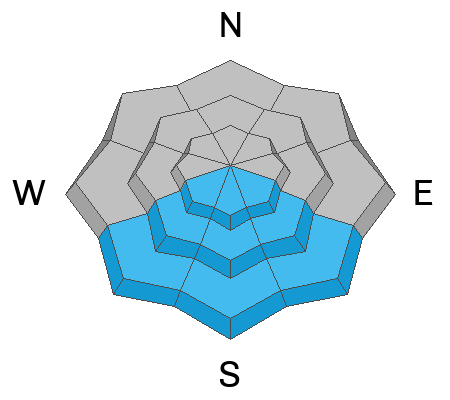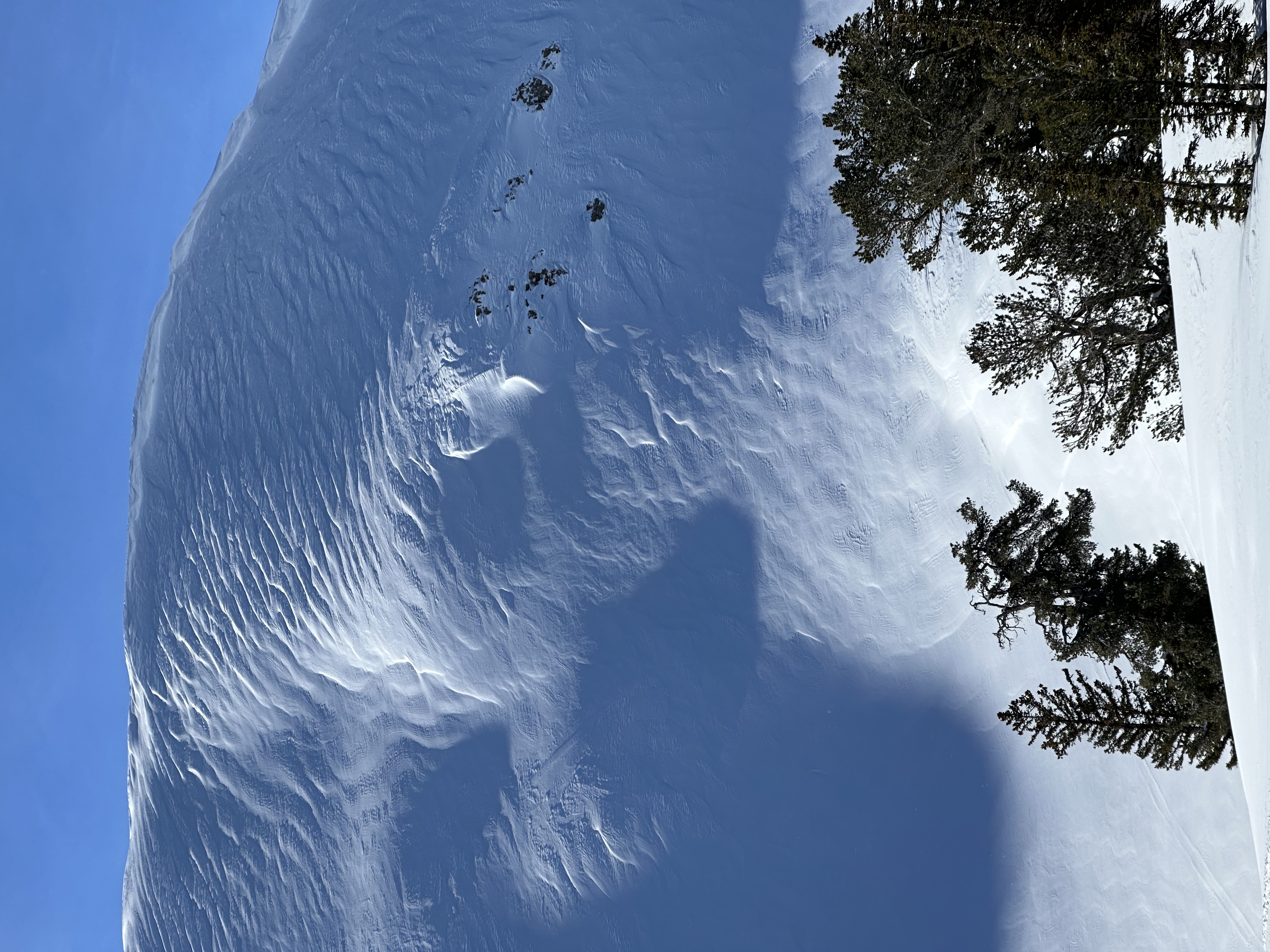Forecast for the Logan Area Mountains

Issued by Toby Weed on
Saturday morning, February 11, 2023
Saturday morning, February 11, 2023
Heightened avalanche conditions exist and the danger is MODERATE on drifted upper elevation slopes steeper than 30°, where people could trigger 1 to 2 feet thick slab avalanches of wind drifted snow. Loose avalanches entraining moist snow are possible on steep sunny slopes in the middle of the day. The danger is LOW in sheltered terrain and at mid and lower elevations, where we've found mostly stable snow and nice powder conditions.
- Evaluate snow and terrain carefully.

Low
Moderate
Considerable
High
Extreme
Learn how to read the forecast here









